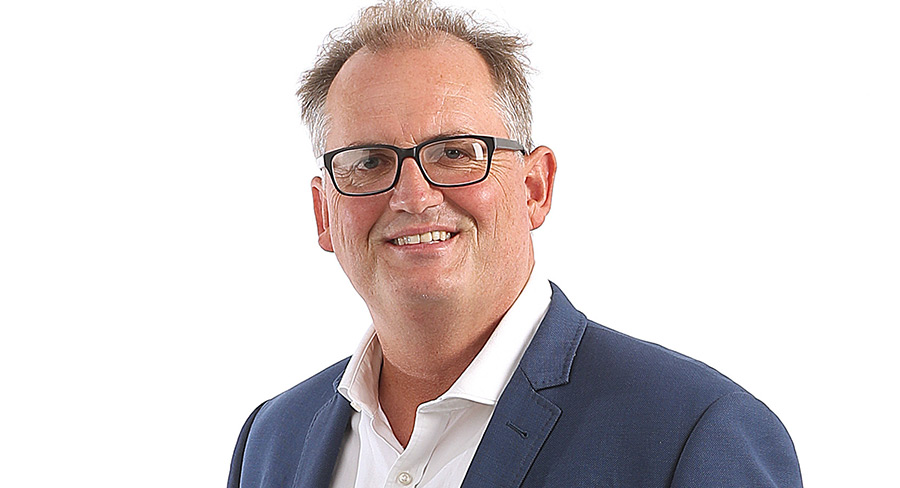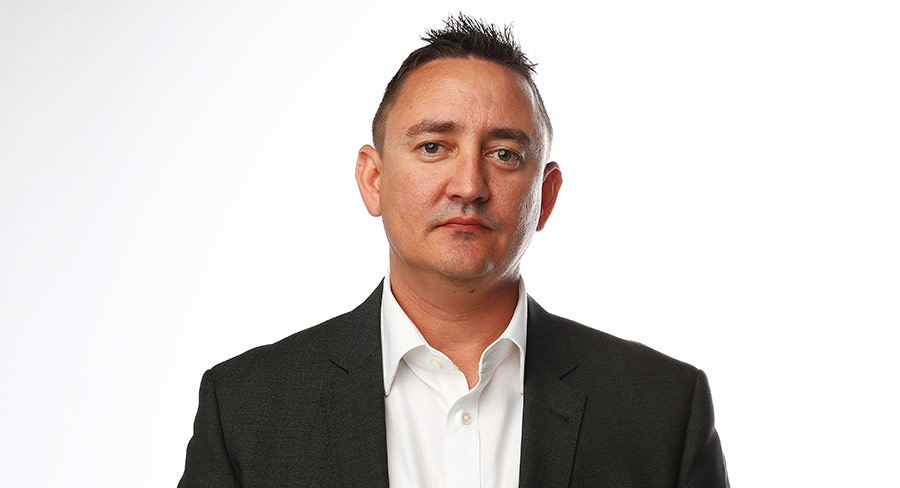Moving from working for a free digital news outlet to a major subscription-based operation was a big change for News Corp’s Daniel Sankey. He was the editor of news.com.au before moving to join The Australian in 2016 as its digital editor.
“This is role is more strategic, whereas news.com.au was more fast-paced, where I was bouncing around from story to story to story, without having much bandwidth to plan how we execute that content,” Sankey told Mediaweek.
Currently, The Australian locks about 95% of its content in digital behind a paywall. Sankey has played a vocal role in implementing this change.
“You don’t get people paying for content without having great content,” he said. “We are proud to say that 95% of our content is completely locked. We place a very, very high value on the journalism we produce. The good thing is that our readers are placing that value on it as well.”
The Australian was one of the first traditional newspapers to exceed 100,000 paying digital subscribers in Australia in October 2017. Sankey said: “The two things that I was briefed on when I started were: we want more people paying for our journalism and we want more people reading our journalism. So locking up content may seem counter intuitive.
“We have some flexibility in terms of how our content is accessed on search and social media. For breaking news events, you will still see people finding our content on search and social. We have the ability to give a taste of what we have on offer through the click throughs. Our audience is growing.”
The digital home of the national newspaper has about two million unique audience per month. This is fantastic for a paid site, Sankey said.
The 100,000 benchmark definitely changed certain people’s KPI, he said. “Increasing digital subscriptions wasn’t a KPI for a digital editor a few years ago because we didn’t do that. The environment is changing all the time.”
The Australian found success in the podcasting space in 2016 with Dan Box’s Bowraville. Not only was it a series loved by the audience, Bowraville was also appreciated by the industry with it winning four Walkleys that year.
Since then, The Australian has made conscious efforts to do more in the audio space. “We have regular podcasts now like The Money Café, which is really popular with our business audience. The Teacher’s Pet has been an absolute whirlwind for us over the past few months. We are approaching two and a half million downloads on that one alone.

The journalist behind The Teacher’s Pet, Hedley Thomas
“That kind of stuff is going to be very important for us. It’s not locked, so it’s free for anyone to listen to. It’s great for people to sample our content and get a taste of what we do. It’s really important from a brand point of view to show that we can produce such amazing journalism. If you are not a regular reader of The Australian, hopefully you will become one after you listen to something like The Teacher’s Pet.”
In the next few months, the readers of The Australian will see a new-look website. “It’s been a good three or four years since our homepage has had a major redesign,” Sankey said. “It’s going to give us the opportunity to better showcase and display our content across the story and home pages.”
The Australian’s tablet and mobile apps recently underwent a redesign too. “People are still accessing more and more content on tablets. We continue to set records for audience on that device month-on-month,” Sankey said.
“There are some gains to be made in making our content a better reading experience for our audience.”
Asked to predict what the journalism landscape will look like in the next five years, Sankey laughed and replied: “I stopped doing that a couple of years ago. If you go back 10 years ago, I was working at a little startup called Brisbane Times, which is now a big site in Brisbane. Back then I didn’t expect the industry would look like this. It was a much different environment.”
